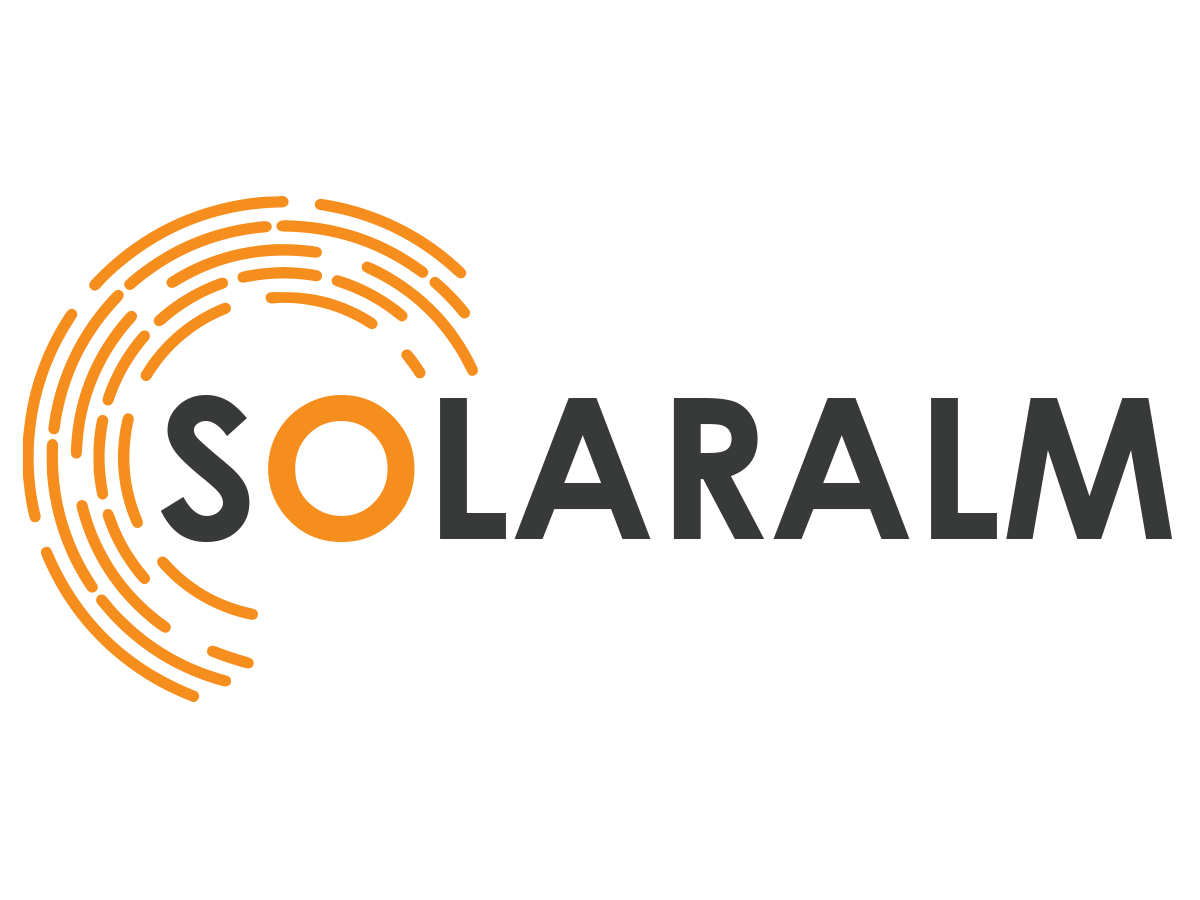
Introduction:
As the world grapples with the impacts of climate change, renewable energy sources like solar power have become increasingly important. In the United States, the adoption of solar energy is not only a sustainable choice but also a financially savvy one, thanks to various incentives and rebates available to homeowners and businesses. This article explores the landscape of solar incentives and rebates in the USA, shedding light on the benefits of going solar.
- Federal Investment Tax Credit (ITC):
One of the most significant incentives for solar adopters in the USA is the Federal Investment Tax Credit (ITC). This credit allows individuals and businesses to deduct a percentage of their solar installation costs from their federal taxes. As of my last knowledge update in January 2022, the ITC provides a 26% credit for systems installed by the end of 2022. It’s essential to check for updates beyond this date, as the percentage may change.
- State-Level Incentives:
In addition to the federal incentives, many states offer their own incentives to promote solar energy. These can include rebates, tax credits, performance-based incentives, and grants. State programs vary, so residents should explore what is available in their specific state. Some states may even have additional incentives for low-income households to make solar energy accessible to a broader range of people.
- Solar Renewable Energy Credits (SRECs):
Certain states have implemented Solar Renewable Energy Credit (SREC) programs to encourage solar adoption. Under these programs, solar system owners earn credits for the electricity their systems generate. These credits can then be sold to utilities or other entities that need to meet renewable energy targets. SRECs provide an ongoing financial incentive for solar owners, complementing other one-time incentives.
- Local Utility Rebates:
Many local utilities offer rebates or performance-based incentives to customers who install solar panels. These incentives aim to stimulate local renewable energy production and reduce the strain on the grid. Homeowners and businesses should check with their utility providers to see if such programs are available in their area.
- Residential Renewable Energy Tax Credit:
Apart from the ITC, there is a Residential Renewable Energy Tax Credit specifically designed for homeowners. This credit covers a percentage of qualified expenditures for solar water heating, solar panels, and other renewable energy systems installed in a taxpayer’s primary residence.
Conclusion:
Going solar not only contributes to a sustainable future but also makes financial sense, thanks to the various incentives and rebates available in the USA. Whether it’s the Federal Investment Tax Credit, state-level incentives, SRECs, local utility rebates, or the Residential Renewable Energy Tax Credit, there are multiple avenues for individuals and businesses to offset the costs of solar installations. As the solar industry continues to evolve, staying informed about the latest incentives is crucial for those considering a switch to renewable energy.




